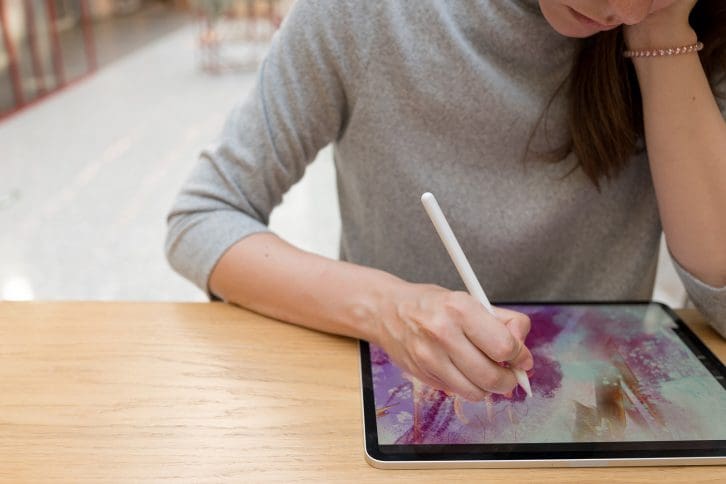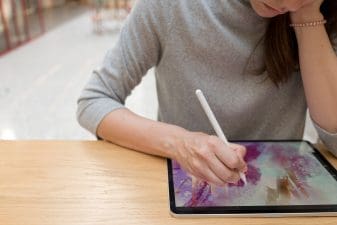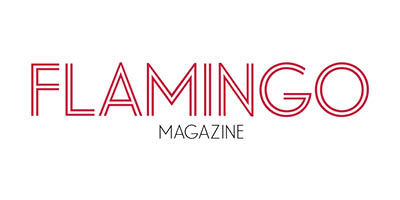
Working as a traditional artist has changed a lot in the past few years. Not only do you have to contend with competition on social media, but more folks today are interested in digital art like NFTs and vector art. Making the transition from traditional art to digital mediums can also be intimidating—particularly if you don’t yet know the difference between programs like Adobe Photoshop and Microsoft Paint. But switching from traditional media to a creative digital profession is not as hard as you may think. You are already highly skilled as an artist and are fully capable of adapting to creative digital jobs. It just takes some time, effort, and a little guidance.
Graphic Design
Graphic design is one of the top creative jobs that is hiring now. Graphic designers deliver visual content which aligns with a client’s brand image. Graphic designers usually enjoy working in a somewhat busy environment and can specialize in things like illustration, digital design, branding, or typography.
Also on Mediabistro


If graphic design sounds appealing to you, you will need to add some serious skills to your resume. In particular, you’ll need to become competent with Adobe Creative Suite programs like Photoshop, Illustrator, and InDesign. Expect to run into a steep learning curve on each of these platforms at first, as even simple steps like creating layers, expanding your canvas, or applying filters can be complicated for the unacquainted.
Gaining competency in the Adobe Suite is challenging, but you can always rely on the skills you’ve gained as a traditional artist. For example, most new graphic designers have to learn things like color theory, visual hierarchies, and design elements during their training. As an experienced artist, you already have an intuitive understanding of these principles and will have a leg up on peers who have to learn the basics of art design.
UX and UI
UX and UI stand for user experience and user interface, respectively. UX and UI designers ensure that users can easily navigate websites to complete tasks and find the information they need.
It might sound like a niche career, but UX and UI are in high demand. Almost all businesses have a web presence, and customers’ browsing experience impacts the public perception of a business. This means that good UX and UI can boost conversion rates and help businesses find success in the world of e-commerce.
As a traditional artist, you are well-positioned to start a career in UX/UI. That’s because, as an artist, you already know how to think from the perspective of your audience. This is an invaluable trait and one that can help you advance quickly in UX and UI.
As a traditional artist, you also understand the value of composition and have the artistic skills necessary to compose drafts and mock designs. While an ability to draw or sketch isn’t entirely necessary to UX/UI, it can help everyone get on the same page and adds credibility to your skills when presenting to peers, employers, and future clients.
Of course, you will need to add hard skills to begin a career in UX/UI. The most popular programs in UX and UI include Sketch, InVision, and Adobe XD. Different businesses use different platforms as their go-to design software system, so it’s worth looking at the “required skills” section of job advertisements to help guide your learning process.
Web3 and Digital Media
You’ve probably heard a lot about the recent furor around NFTs and the meta-verse. You may have even seen digital monkeys being traded for hundreds of thousands of dollars, and perhaps wondered how you can get in on the action. But before you can start charging for pixelated pictures of people, you’ll need to understand the core tenants of web3.
As a quick introduction, web3 is a version of the internet that envisions a decentralized, user-owned web. Web3’s advocates promise that this decentralized virtual landscape will give power to creators and increase everyone’s ability to earn from their own creative output. As a traditional artist, this should be music to your ears—web3, if realized properly, can increase your value as an artist and help you reach new audiences.
As a skilled traditional artist, you already have the talent and techniques necessary to succeed in web3. You may need to ditch the watercolors in favor of digital canvases, but creating a collection of NFTs or digital artwork is fairly straightforward. You will need to find a platform to sell on and think of a collection to create, but those are tasks you are already familiar with as an artist—just imagine it as the same process but in a digital marketplace rather than a physical one.
Making the transition from traditional art to a career in digital media can be a little daunting—few digital programs are as intuitive as the humble pencil or paintbrush. But learning the skills necessary to begin a career in digital media is easier than you might think. You already understand the concepts behind graphic design and UX/IU, and just need to learn a new medium to express yourself in the digital world. Perhaps you’ll fall in love with creating digital art and producing the next big thing on web3.










